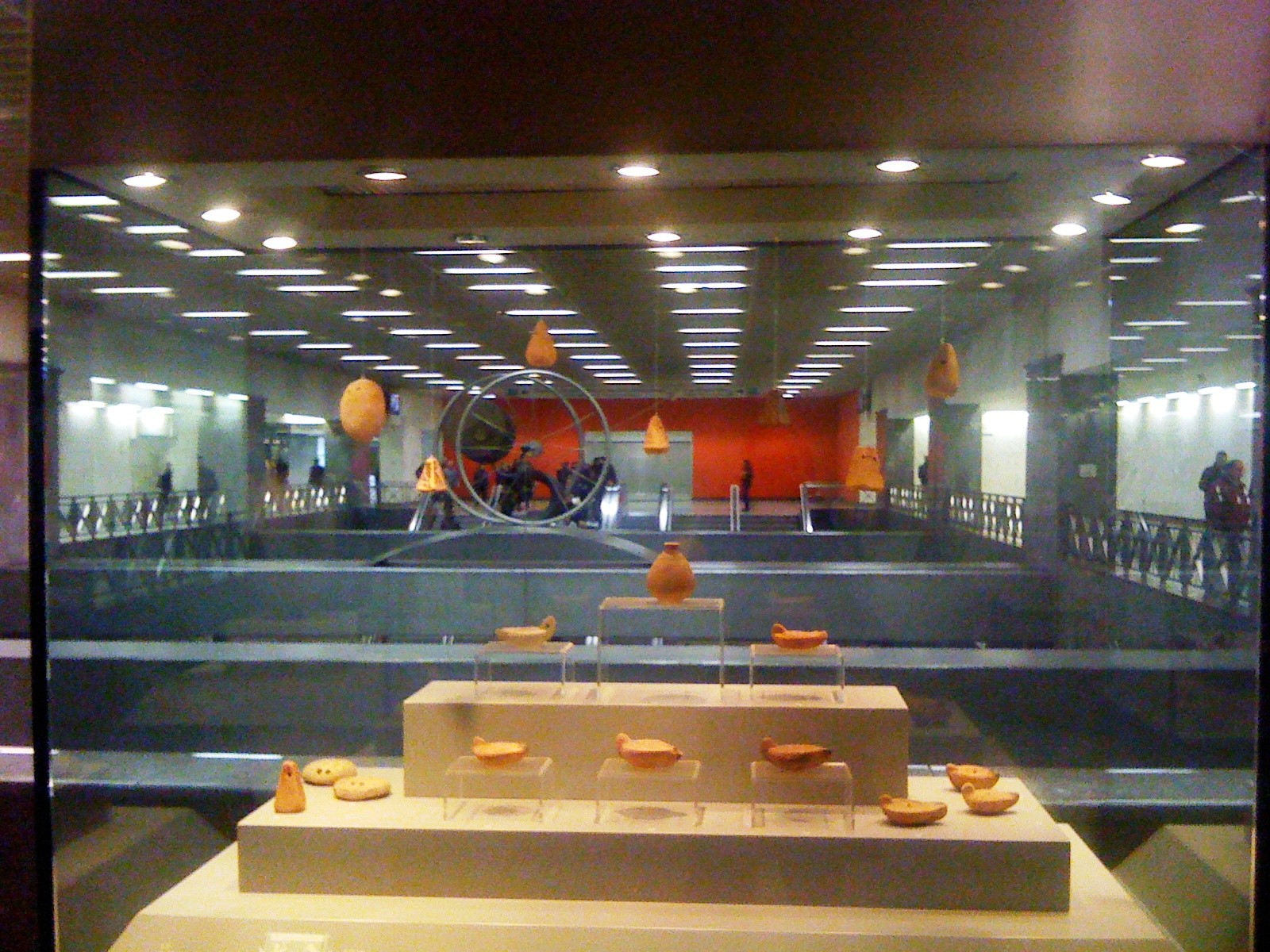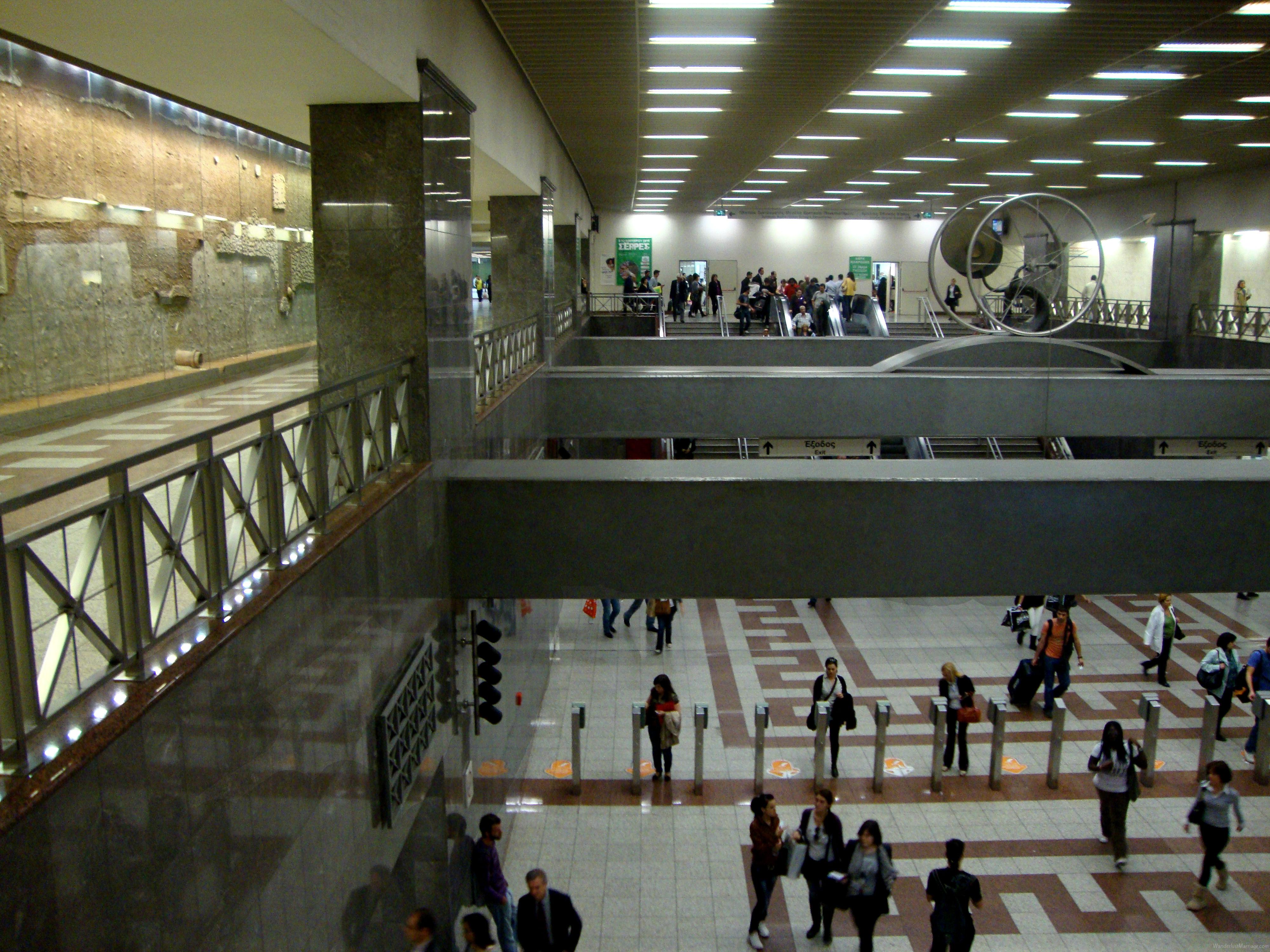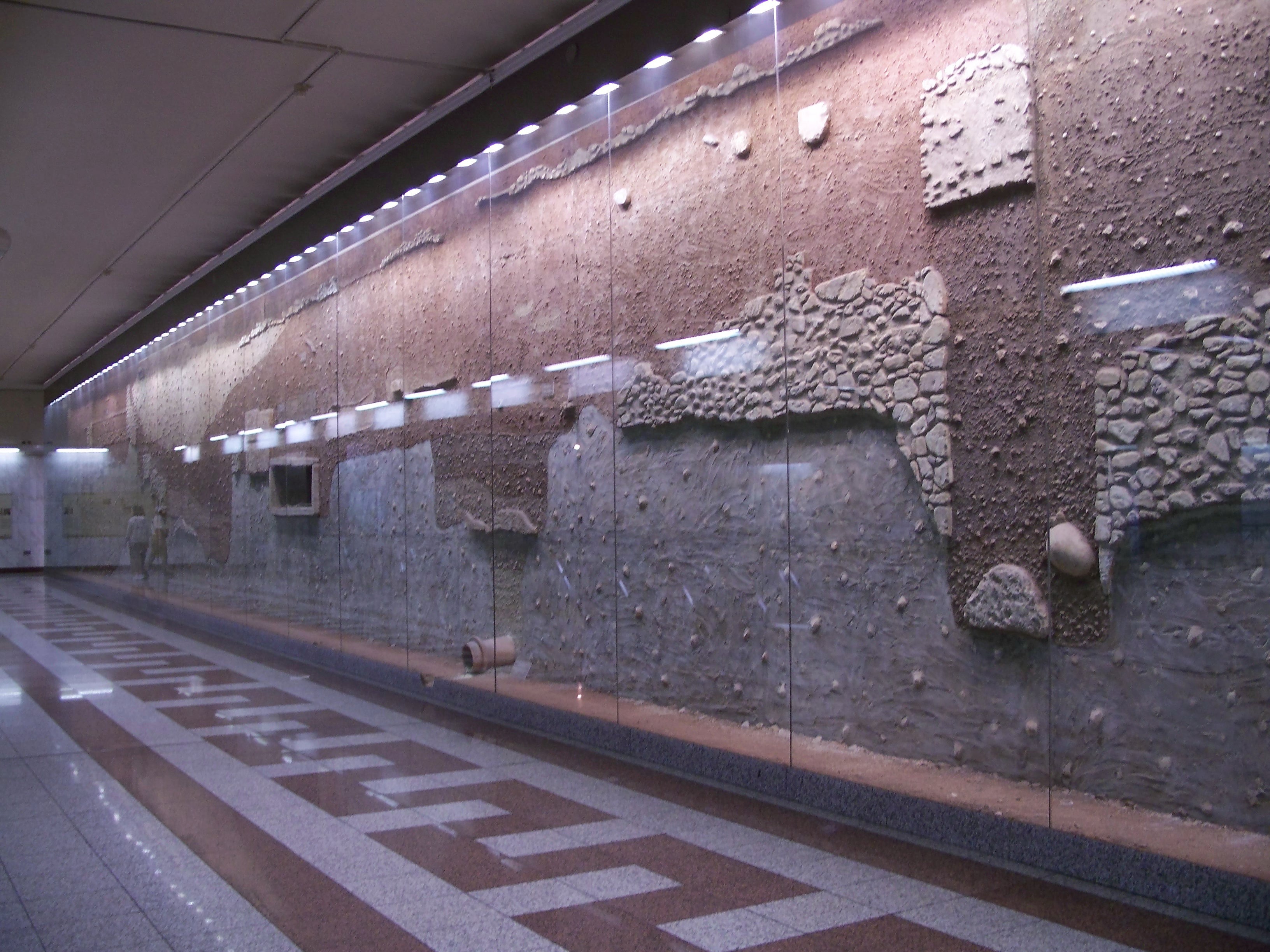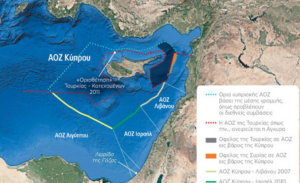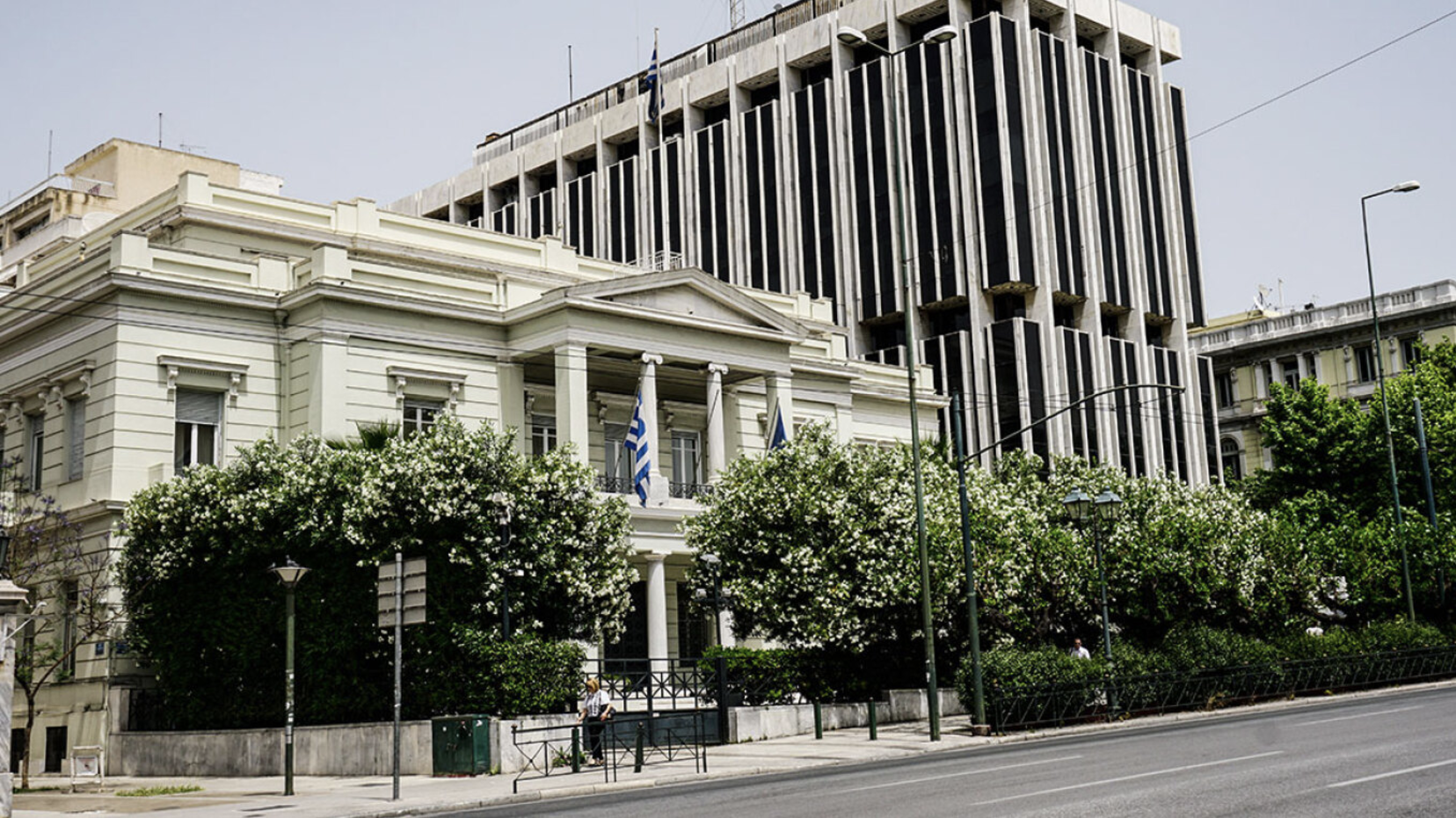The Athens metro system turned into one of the largest ever excavation sites during its construction with antiquities discovered along the way. Spanning over an area of 79,000 square meters there were over 50,000 ancient artifacts dug up.
The boring of the tunnels was performed under constant archaeological monitoring and brought to light several ancient wells hiding significant archaeological finds, as well as a section of Adrianion Aqueduct. Apart from the collection and preservation of hundreds of thousands of archaeological articles in the store houses of the Ministry of Culture, the detachment, maintenance and new placement of heavy building and other remains found listed for preservation and requiring to be displayed, except for the six exhibition areas configured in six stations, constitute a significant and original project. Moreover, archaeological finds were also detached and placed anew in “Petmeza” Shaft, in Syntagma Square and in EVANGELISMOS Station. In “Amalias” Shaft, a roman bath was preserved and sheltered. In Monastiraki, an archaeological site with Iridanos River embedded bed, integrated in the Station, was preserved.Small-scale museums showing these antiquities have been created at a number of stops:
Acropolis metro station: Excavations revealed that the area had been used since the end of the 3rd millenium BC until Byzantime times with graves, baths, roads and workshops dating back to the Middle-Hellenic and Post-Hellenic Era.
Syntagma Metro Station: Sculptures from the Classic Era and a cemetery from the sub-Mycenaean and the Byzantine times were found him. A baths complex dating back to Roman times and a section of the Peisistranian Aqueduct as well as the embedded bed of the Iridanos River and the ancient road can be found at your feet under glass casing.
Monastiraki Metro Station: The embedded bed of the Iridanos River was uncovered during the metro construction. The area had been in constant use from the Mycenaean Era until modern times with buildings, workshops, graves, and a variety of water supply and sewage system. Some of the finds at this station date back to the Geometric era of the 8th century BC right up to the 19th century AD.
Kerameikos Metro Station: 1,200 graves from the 7th Century BC up to Roman times as well as two burial grounds dating back to the start of the Peloponnesian War were found in this area. Excavations at the metro station revealed the western surrounding wall of the cemetery and a workshop of ceramic art.
Evangelismos Metro Station: An ancient cemetery with a surrounding wall, a Peisistranian duct and road.
Panepistimiou Metro Station: An ancient ceremony.
Ask me anything
Explore related questions
